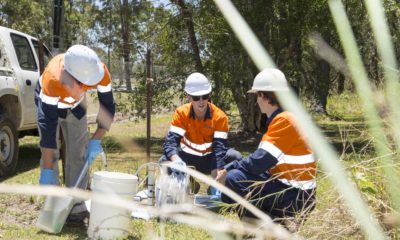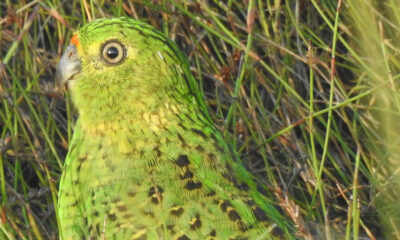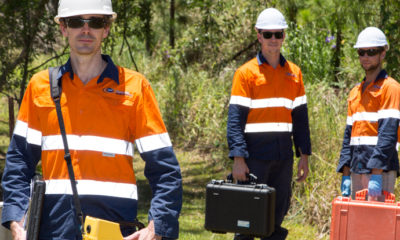Assignment
Develop the construction plan for the delivery of offset breeding ponds for acid frogs.
Acid frogs are a group of small frogs which occur along coastal sandy lowlands in SEQ and northern NSW. They are unique from other frog species as their embryos can tolerate the highly acidic (pH <5) and tannin-stained, low nutrient waters of these unique wallum environments. Three acid frog species occur on the Sunshine Coast and all are listed as Vulnerable under the Nature Conservation Act 1992 (NC Act) Additionally, one of these species, the Wallum Sedgefrog, is listed as Vulnerable under the Environment Protection and Biodiversity Act 1999 (EPBC Act).
client:
Sunshine Coast Council
duration:
3 years
location:
Marcoola, QLD
Our Role
Future-Plus Environmental (FPE) have been responsible for the development of the Acid Frog Offset Pond Construction Plan (AFOPCP) in accordance with the offset requirements associated with the Sunshine Coast Airport Expansion Project. Groundwater and hydroperiod data, along with water chemistry results have been collected from within the Wet Heath Management Area (WHMA) and Vegetation Management Area over a period of five years to better understand the nature of the groundwater table and surface water expression in these areas. This data was collected and assessed by FPE’s acid frog specialists and the outcome of this assessment provided valuable insights which informed the pond design considered necessary to create suitable offset breeding habitat for these species. Pond design had to consider pond location, depth, hydroperiod, groundwater chemistry, geology, plant species, construction logistics, costs and considerations to airport safety operations.
In late 2020, 1.7Ha of Wallum Sedgefrog breeding habitat was created, consisting of 21 breeding ponds and requiring over 7,000 plant tubestock, making this the largest, successful known offset project of its kind in south-east Queensland. FPE worked closely with our client, Sunshine Coast Council and the requirements of Sunshine Coast Airport to deliver the ponds and ensure airport operational requirements were not compromised.
Outcomes
Acid frog surveys were undertaken in February 2021 by FPE, three months following pond construction. Ponds had already filled with water thanks to the active La Nina and were already being used for breeding by the Wallum Rocketfrog, one of the three target species. In early 2022, surveys found evidence of successful breeding by the Wallum Sedgefrog along the pond margins, including a rare sighting of this species in amplexus, understood to have been the first sighting photographed anywhere within the species range. In late 2022, planted vegetation within ponds had established and Wallum Sedgefrogs were regularly sighted utilising this vegetation.
Monitoring of these ponds will continue to ensure ponds meet performance criteria and offset requirements. FPE acknowledges Council’s enthusiasm in supporting the recommendations of the acid frog specialists during the pond design and construction process, likely contributing to the early success of the offset breeding habitat.


